What's the difference between native and exotic plants? Debunking the top 5 common myths
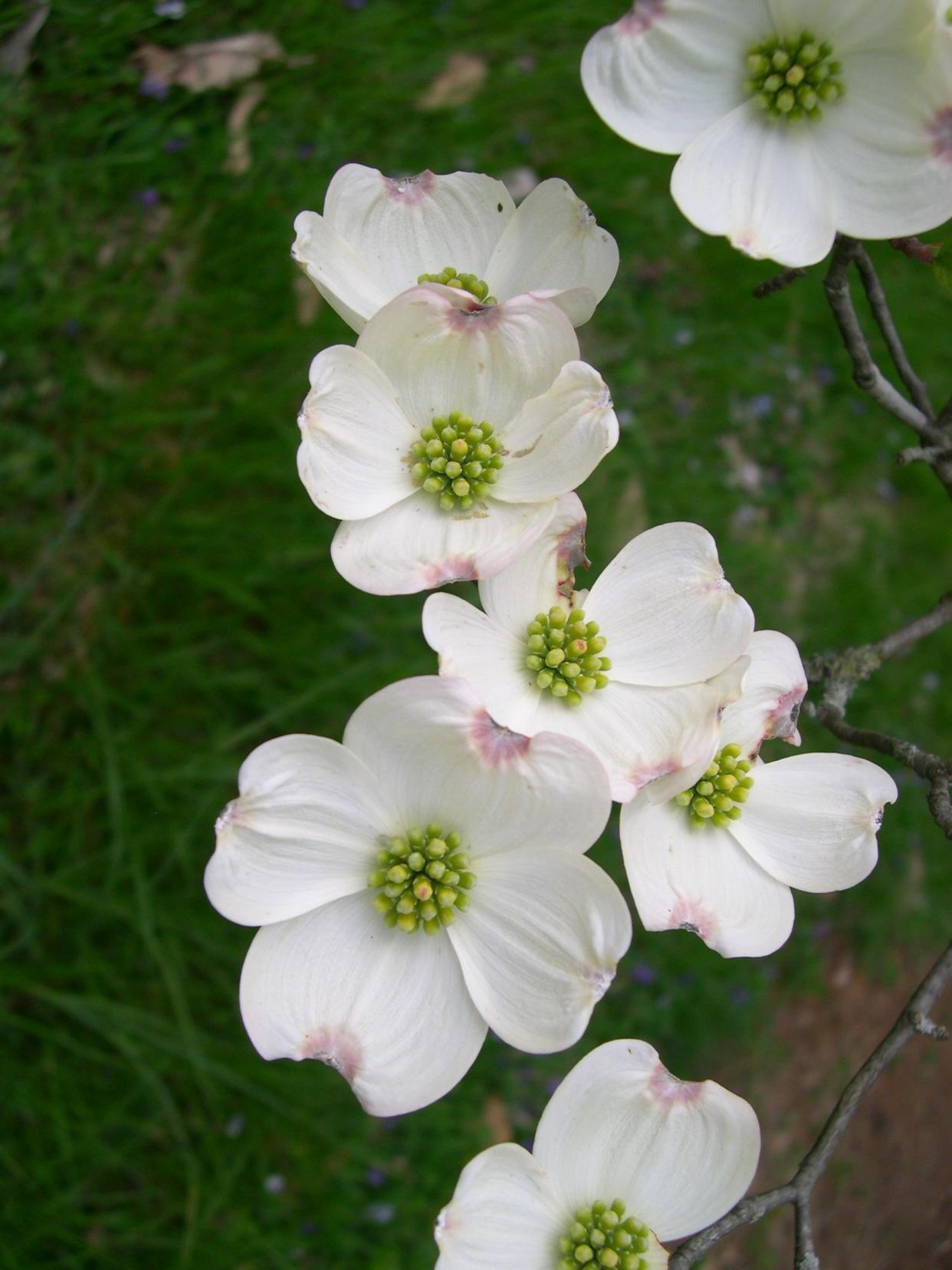
The fastest way to turn a room of typically demure, considerate, and thoughtful gardeners into an "Animal House" inspired food fight is to raise the topic of native and exotic plants. Former wallflowers turn into raving lunatics and normally hot-blooded folks go positively supernova. To say it’s a touchy topic is like calling King Kong a little cute little monkey.
First, a few definitions.
A native plant is generally considered to be a plant species that inhabited a specific geographic area without human impact. Kentucky's locally native flowering dogwood (Cornus florida) has inhabited much of the eastern portion of North America for millennia — long before any humans showed up. And you can dissect geographic areas as finely as you like — local native, state native, regional native or continental native.
On the other hand, exotic plants are those transported and established by human activity in an area where they are not considered to be native. Giant sequoias (Sequoiadendron giganteum) are native to parts of coastal California but not considered native to Kentucky.
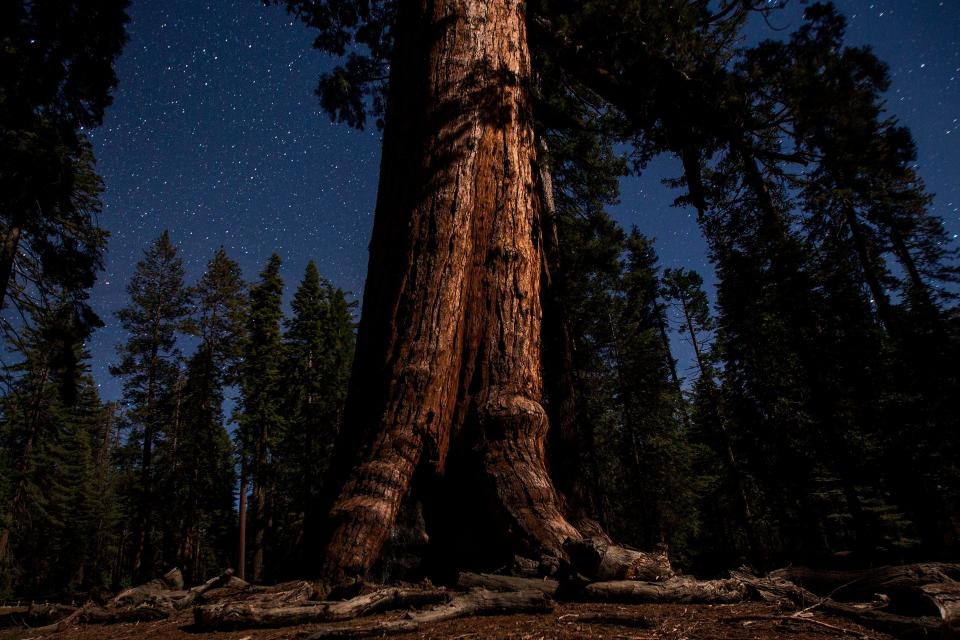
That's all a pretty simple concept but somehow we have seen fit to do something that we’re very good at — make things much more complicated and polarized than the situation warrants. Somehow, we've cast all plants as either those that wear white capes (native plants) or those cloaked in black (exotics). Of course, lost in the mess is the realization that without some very important exotic species (wheat, tomatoes, cows and horses to name a few) we’d be in a world of hurt.
And as in modern politics, as soon as polarization sets in, the most common casualties are fact and reason. So, at the risk of sustaining future bodily harm and public ridicule, the following are a few native/exotic plant myths that have crept into modern discourse.
Myth #1: Native species are better adapted to local conditions
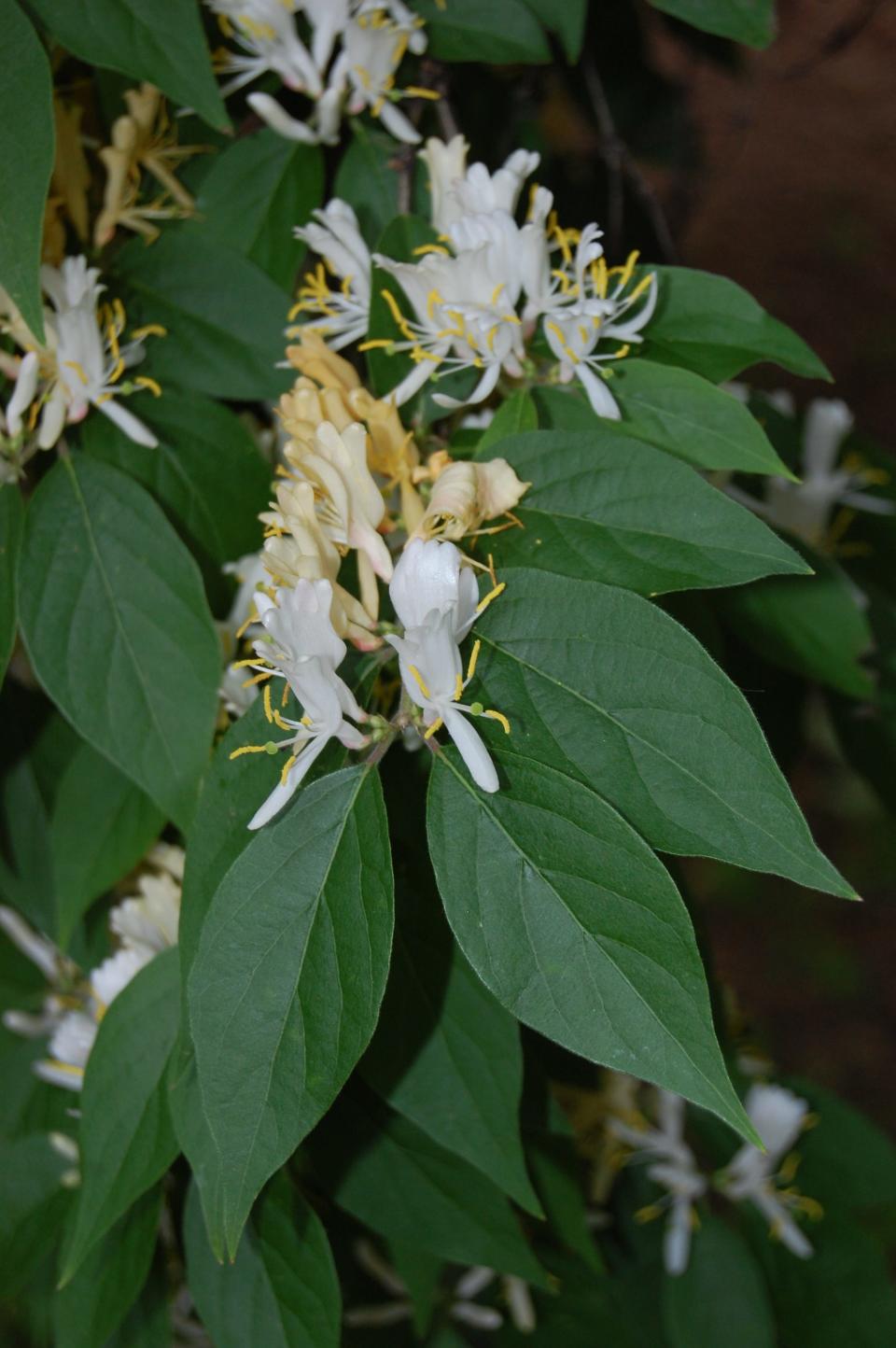
This is an almost constant contention among some native plant aficionados. And while it’s true that plants evolve to exploit a particular ecological niche in the local environment, that doesn’t mean they have come up with the very best possible set of adaptations to that environment. If that were the case, we wouldn’t have invasive exotic plants such as Amur honeysuckle (Lonicera maackii) and kudzu (Pueraria trilobata) that routinely bulldoze just about all other native plants in their path.
Those plants simply found a niche where they happen to be more competitive than the local native plants. You gotta salute the tenacity and adaptability of these plants even as you tear them out by the roots.
Myth #2: Planting exotic plants decreases biodiversity
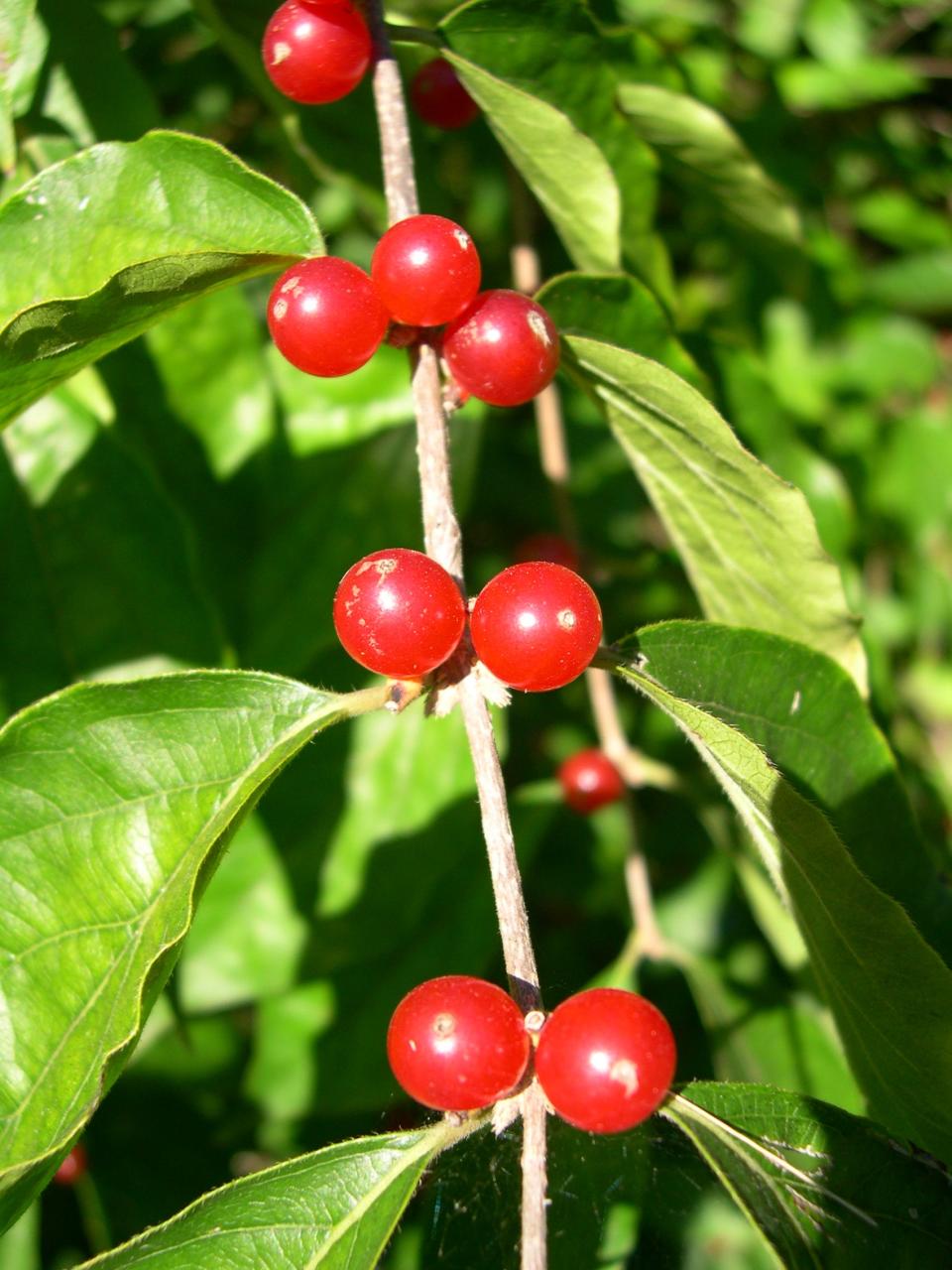
This one has always intrigued me. Adding genetic stock that did not previously exist in an area is, by definition, an increase in biodiversity. It may not be the kind of biodiversity you want in your particular patch of the planet but that’s a different matter. On the other hand, the modern tendency of the nursery industry to produce some plants clonally (rooted cuttings or tissue culture produced, rather than propagation by seed) can very much reduce genetic diversity in the landscape. But that’s not restricted to exotic plants. Plenty of local and regional native plants are produced clonally as well.
Myth #3: Native plants look weedy
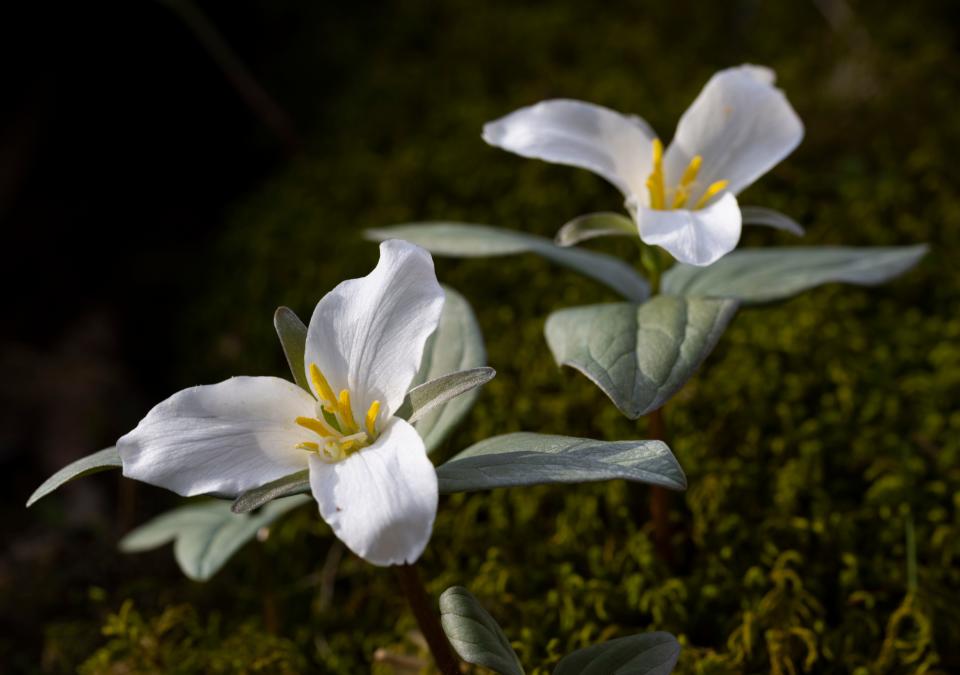
Tell that to a flowering dogwood, a nice, big clump of snow trillium (Trillium nivale), or a patch of lady slipper orchid (Cypripedium acaule). Garden style or design is a concept totally separate and distinct from plant nativity. You can just as soon make a formal parterre garden out of locally native plants as you can using exotics.
Myth #4: Cultivars are useless to pollinators
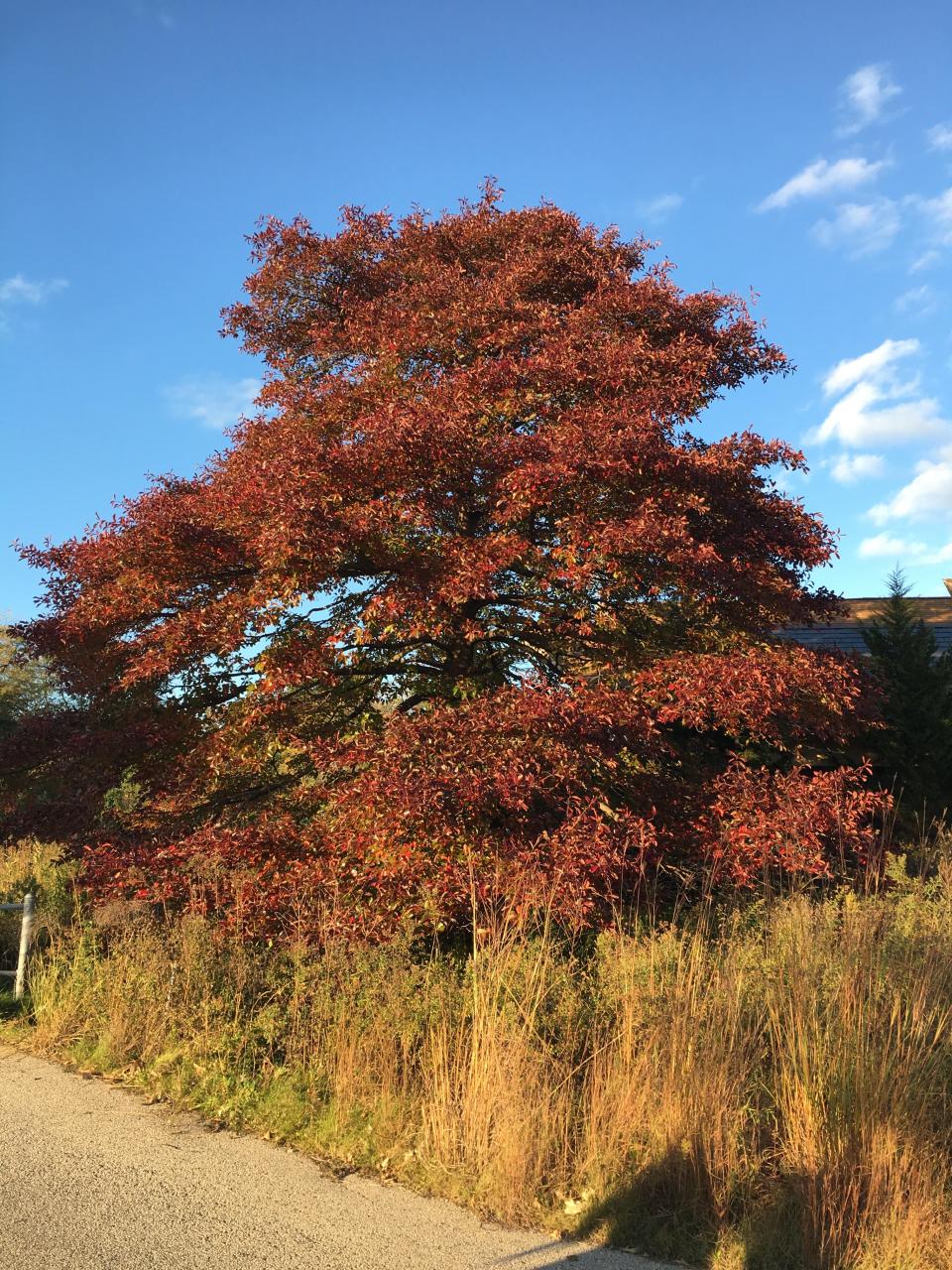
A named form of a species (native or non-native) is not necessarily any less useful to pollinators than a non-named form. In a few cases such as some double-flowered selections, the pollen and nectar-producing floral parts are morphed into petal-like structures and so don't provide pollen, nectar or seed, but those are the exceptions. Black tupelo (Nyssa sylvatica) selected for red new foliage growth (a naturally occurring trait in some seedlings found in the wild) will still make plenty of tupelo honey.
Myth #5: Native plants need less water
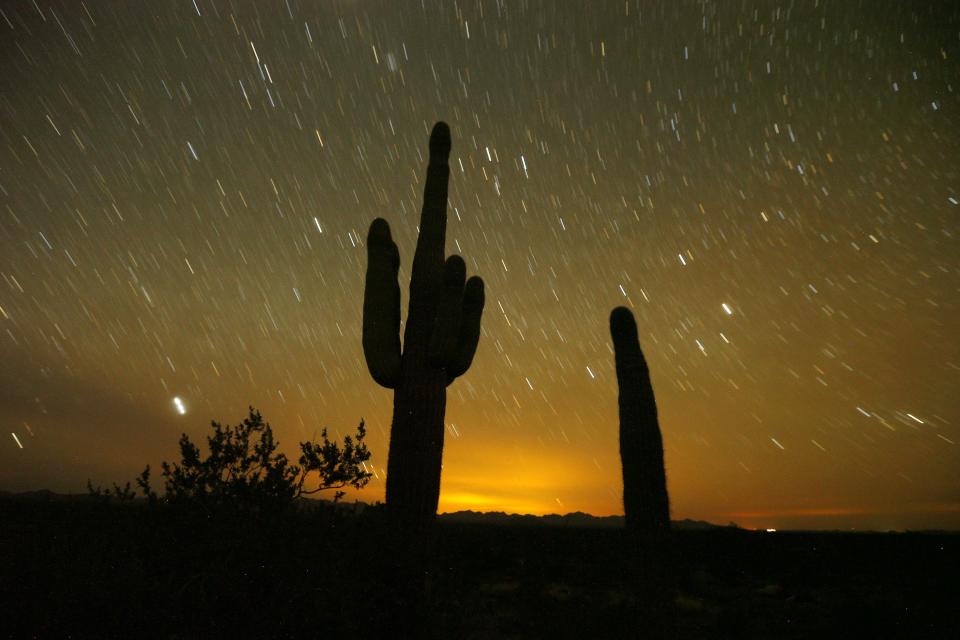
This one actually makes me angry. The water requirement of a plant species has nothing to do with local, state, national or even continental boundaries. Sure, a saguaro cactus (Carnegiea gigantea) is pretty efficient when it comes to water use. But what about the eastern US native purple pitcher plant (Sarracenia purpurea)? It is restricted to low bogs where its roots are bathed in water all year long.
Yes, there are locally native plants that can grow well with very little or even no supplemental irrigation, but there are just as many exotic plants that can do the same.
What are 'Good Garden Citizen' plants?
At Yew Dell Botanical Gardens, 6220 Old Lagrange Road, we focus on promoting landscape plants that we call "Good Garden Citizens" — plants that offer the aesthetic features we want, perform well in the landscape, require a minimum of supplemental inputs (irrigation, fertilization, pest control) and don’t spread into the wild and negatively impact local plant populations — regardless of their nativity. If a plant is overly aggressive/weedy, we don’t want it in our gardens, regardless of whether it is native or exotic.
When we bring in a plant that is new to the region, the first thing we do is evaluate it for performance on a local site — and that includes evaluating the plant’s potential for becoming invasive. And when we find something that seems a little too proud for its own good, we have no problem throwing it on the burn pile.
Paul Cappiello is the executive director at Yew Dell Botanical Gardens, 6220 Old Lagrange Road, yewdellgardens.org.
This article originally appeared on Louisville Courier Journal: What's the difference between native, exotic plants? The top 5 myths

